These 5 Indoor Plants Can Improve Air Quality and Produce Oxygen at Night!
How often do you check the air quality index before stepping out? On days that this value goes above 100, you know you are better off wearing a mask while stepping out to limit the number of particles and toxins you breathe. Now, let’s change this question a little. How often do you make the same effort to assess the air quality in closed spaces?
Studies suggest that most of us spend 90% of our time in indoor spaces, whether it is our workplace, school, college, or home. If you think pollution only affects outdoor air, you are mistaken. Because it can also affect the air circulating in indoor spaces. This is why we must take the required measures to control and improve indoor air quality (IAQ).
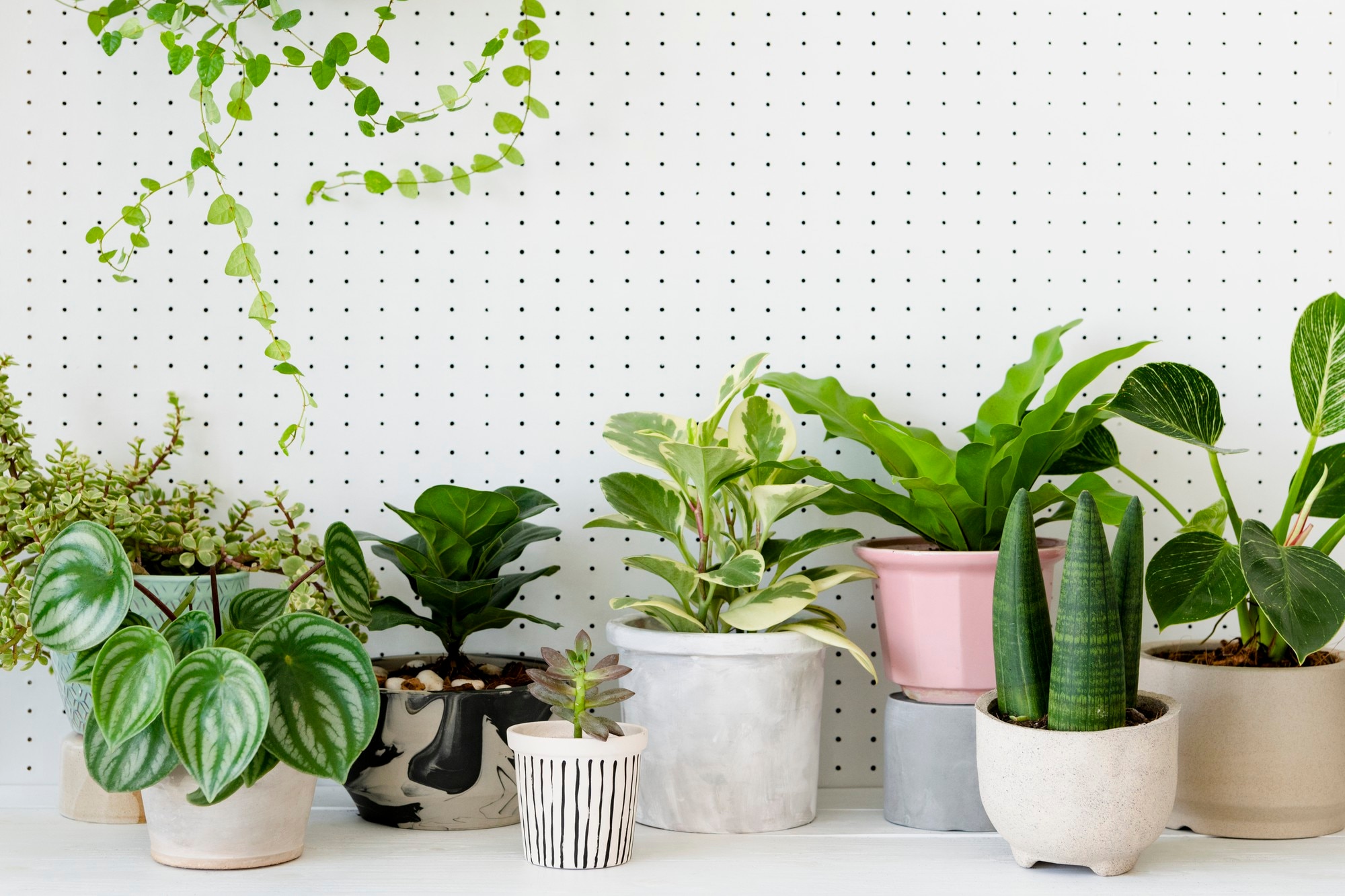
Did you know indoor air pollution can lead to several health problems right from sick building syndrome to chronic obstructive pulmonary disease (COPD), asthma, lung cancer, and so on? According to research studies, indoor air pollution kills 4.2 million people every year. It is especially rampant in developing countries where people burn wood, coal, dung, or other solid fuels for cooking and heating. Does this mean it doesn’t affect energy-efficient homes? It does, especially if you are sensitive and already battling respiratory issues.
From your furniture, carpet, upholstery, building materials, wall paint, and cleaning products to even the outdoor polluted air that enters your window – these emit volatile organic compounds (VOCs) that contaminate indoor air. These VOCs include formaldehyde and other chemical substances like benzene, toluene, ethylbenzene, and xylene (BTEX).
A study concluded that indoor air contained about 7 to 10 times the amount of VOCs as outdoor air! Exposure to these can lead to serious health problems like asthma, dizziness, headache, allergy, physical fatigue, and irritations in the eyes, nose, and throat, among others. Studies also link high indoor air pollution levels with elevated blood pressure and heart rate.
Investing in humidifiers, air purifiers, or switching to environment-friendly household goods and building materials may not always be affordable for everyone. Besides, there is always a risk associated with antimicrobial filters used in air cleaners, which can contain OIT(2-methyl-3(2H)-isothiazolone) that can be moderate to highly toxic.
But guess what? There is a simple and inexpensive lifestyle change that you can adopt to nurture the quality of your indoor air.
Indoor plants or house plants.
In 1989, NASA published a study that found some low-light requiring indoor plants could eliminate chemicals like formaldehyde and benzene from indoor air. This project covered 2 years of data and included varieties like Bamboo palm, Chinese evergreen, English ivy, Ficus, Gerbera daisy, Janet Craig, Marginata, Mass cane/Corn cane, Mother-in-law’s tongue, Peace lily, Pot mum, Warnecke, and so on.
How can indoor plants/house plants help improve indoor air quality?
These are not just great to decorate your home space but many researchers recommend using these to improve IAQ.
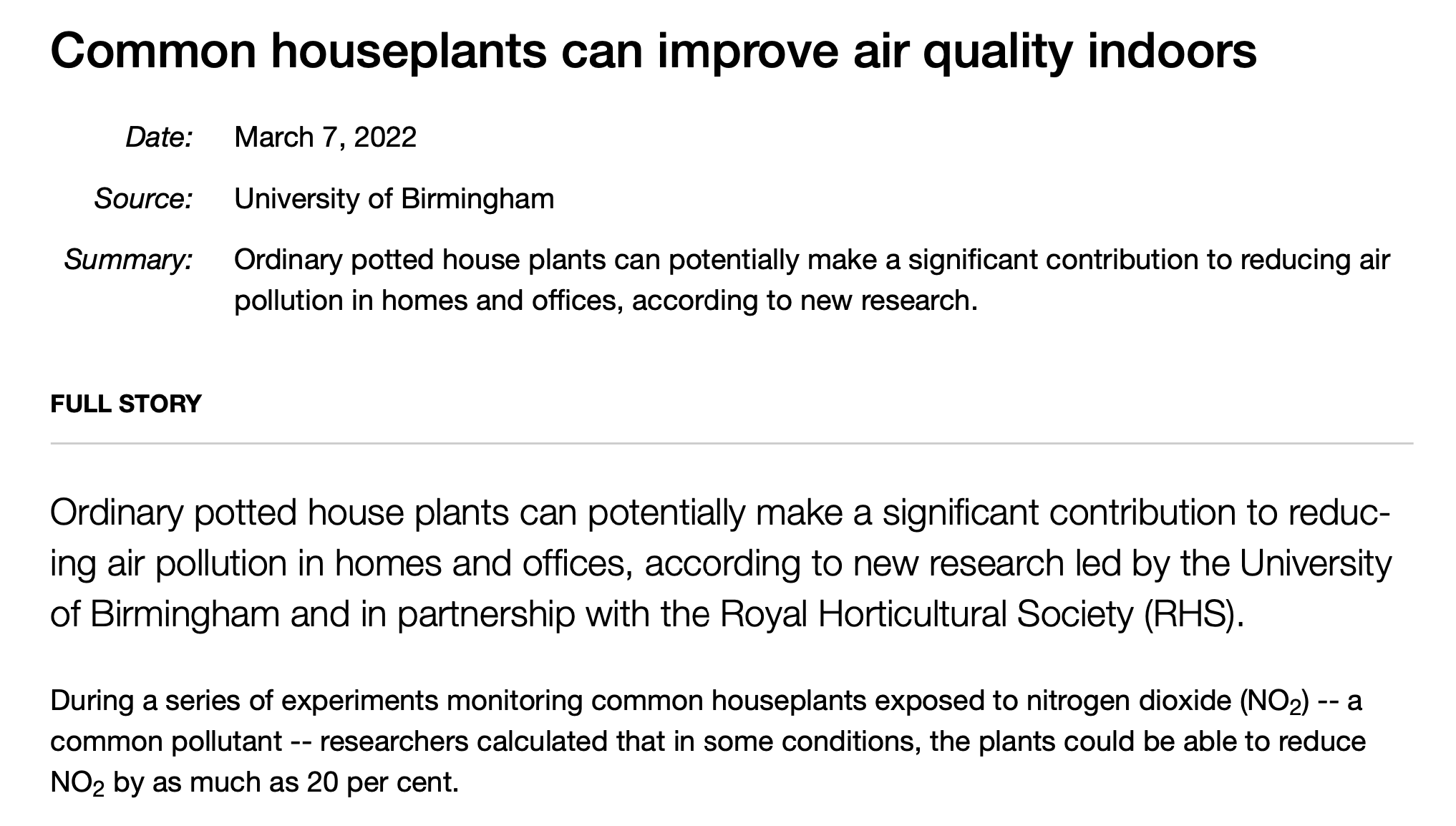
What do they do?
- Enhance indoor air quality through photosynthesis by producing negative air ions.
- Remove pollutants and volatile organic components. A study linked indoor plant placement to decreased concentrations of VOCs and improved health among those with asthma.
- Regulate temperature, get rid of stale air, and act as natural humidifiers.
- Reduce the spread of bacterial and fungal infections.
- Have positive effects on your mental health.
- Increase attention span, concentration, and productivity. Indoor plants like rubber trees, English ivy, and spider plants have been shown to improve academic performance among students when placed in classrooms.
- Can be soothing visually. A study suggested that keeping scented and unscented house plants like lavender, poinsettia, alocasia rhizome, and apple geranium brought a sense of comfort to residents.
- Can reduce irritation to eyes, ears, nose, and throat. Prevent or help manage congestion.
- Studies also suggest that indoor plants were used as an economical and environmentally friendly solution to lower the spread of SARS-CoV-2 spread in closed spaces.
- Can act as de-stressors. Actively interacting with indoor plants reduces physical and emotional stress.
- In 2011, a study spanning 9 weeks decided to measure indoor and outdoor air pollution at a primary school in Aveiro, Portugal. Potting 6 plants and hanging them from the ceiling helped reduce the mean CO₂ concentration from 2004 to 1121 ppm. A 30% decrease in PM₁₀ concentrations!

- Some studies in hospitals also revealed that patients with indoor plants and flowers showed lower systolic blood pressure and lower ratings of pain, anxiety, and fatigue than others who did not. Indoor plants also helped increase patient satisfaction, brightened up the environment, helped lower stress, and were perceived as a symbol of personalized care by the hospital towards patients.
It doesn’t matter if you don’t have a green thumb, these houseplants are sturdy and easy to take care of. Check out 5 indoor plants that help convert CO2 into oxygen at night and are excellent at purifying the air in closed spaces.
#1 Snake Plant (Sansevieria trifasciata)
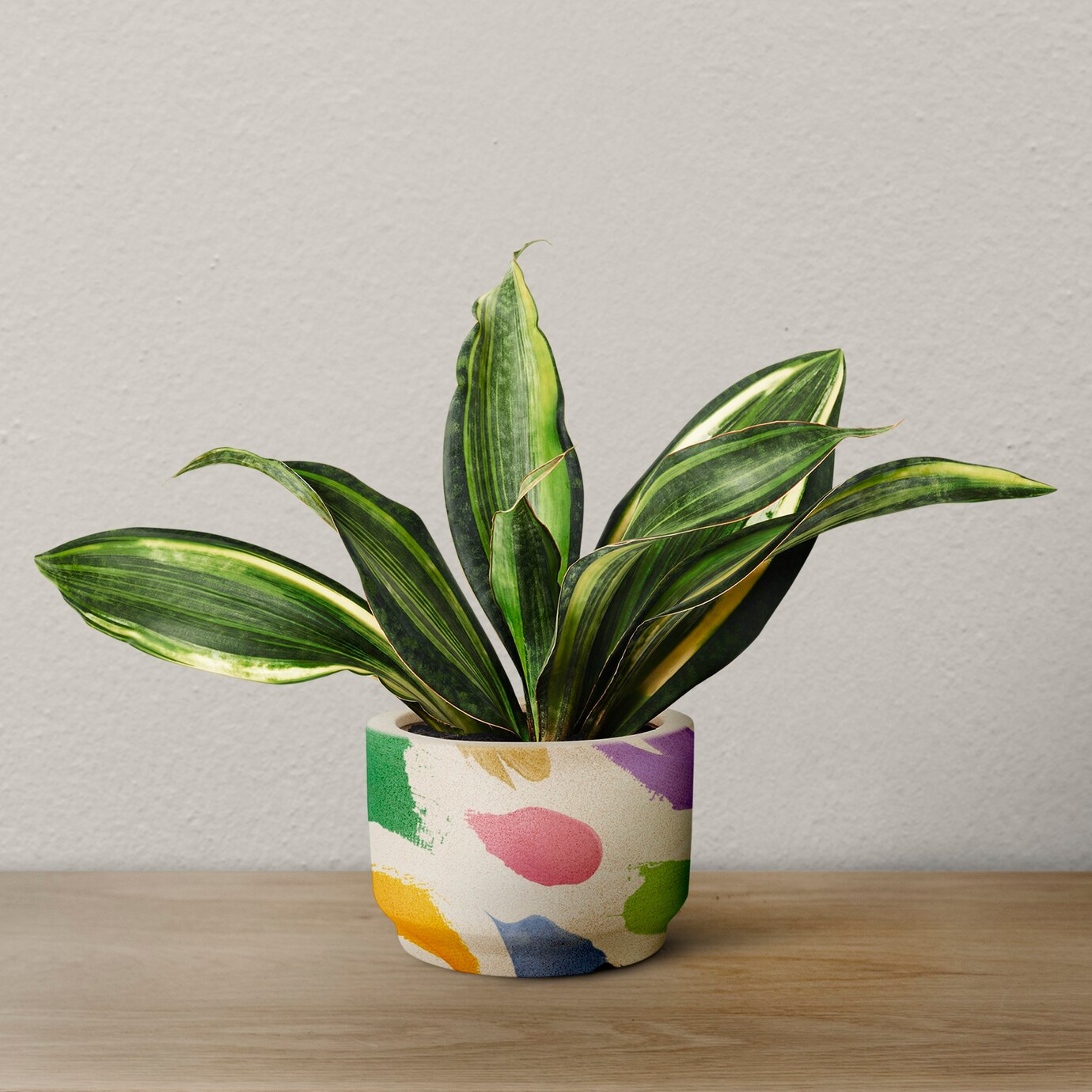
Snake Plant has perhaps one of the most tongue-in-the-cheek names. Popular as Mother-in-law’s Tongue, it is excellent at purifying indoor air and getting rid of pollutants like benzene, trichloroethylene, xylene, and formaldehyde. Recognized as one of the top air purifying indoor plants by NASA, it can effectively fight over 107 indoor air pollutants. Keep it in your bedroom for a fresh supply of oxygen throughout the night. It needs limited maintenance, can go days without water, and withstand most climates. You can also try growing this in water, but take special care to change the water at fixed intervals. Native to Asia and Africa, it has sword-shaped leaves. It can grow from 6 inches to several feet.
#2 Gerbera Daisies
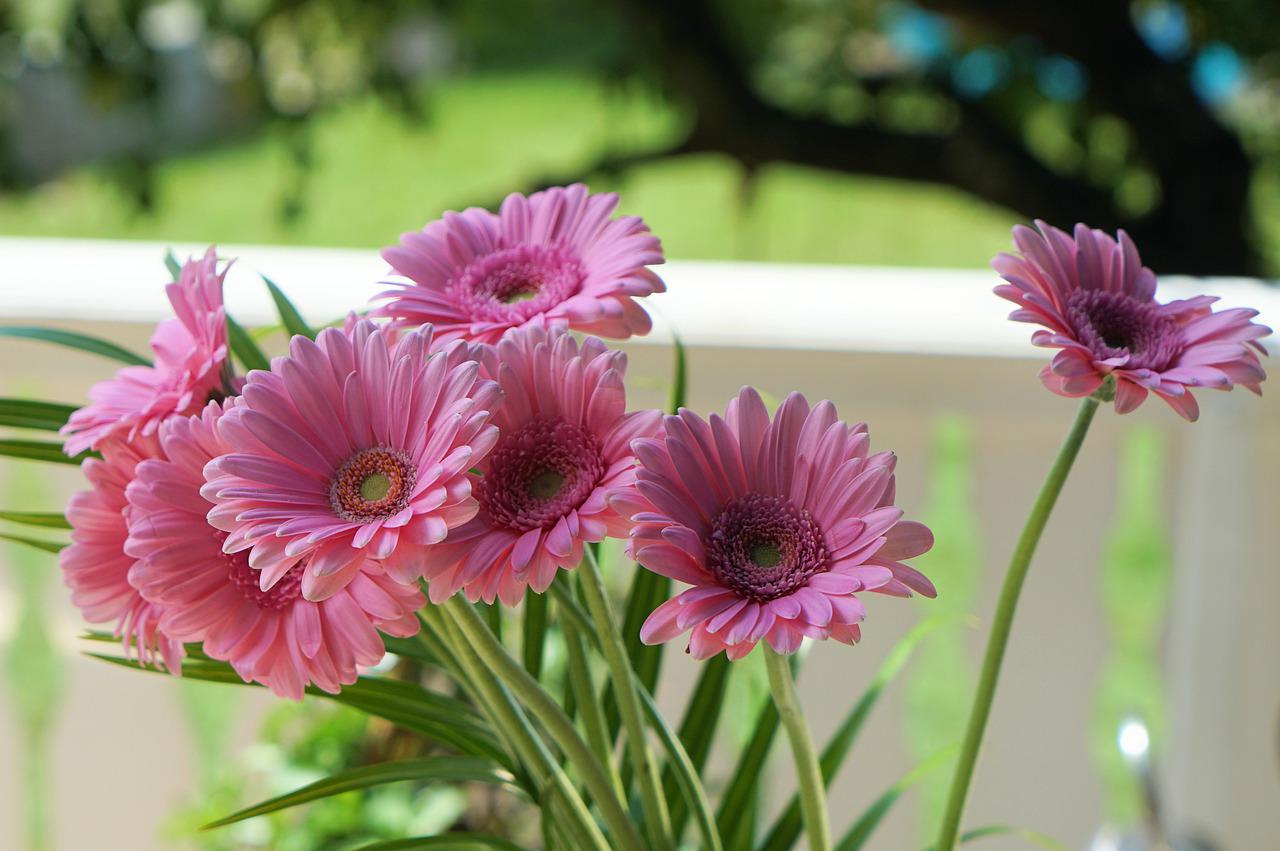
These indoor plants with flowers that come in a wide range of colors like red, yellow, pink, white, orange, lavender, salmon, and even bi-colors, release oxygen at night. They are effective in removing pollutants like benzene, formaldehyde, and trichloroethylene. They help increase humidity, settle indoor dust, and also relieve stress and anxiety. A spot near the window is good but do not expose it to extreme heat. Just let it get enough bright light. Avoid overwatering it.
#3 Aloe Vera
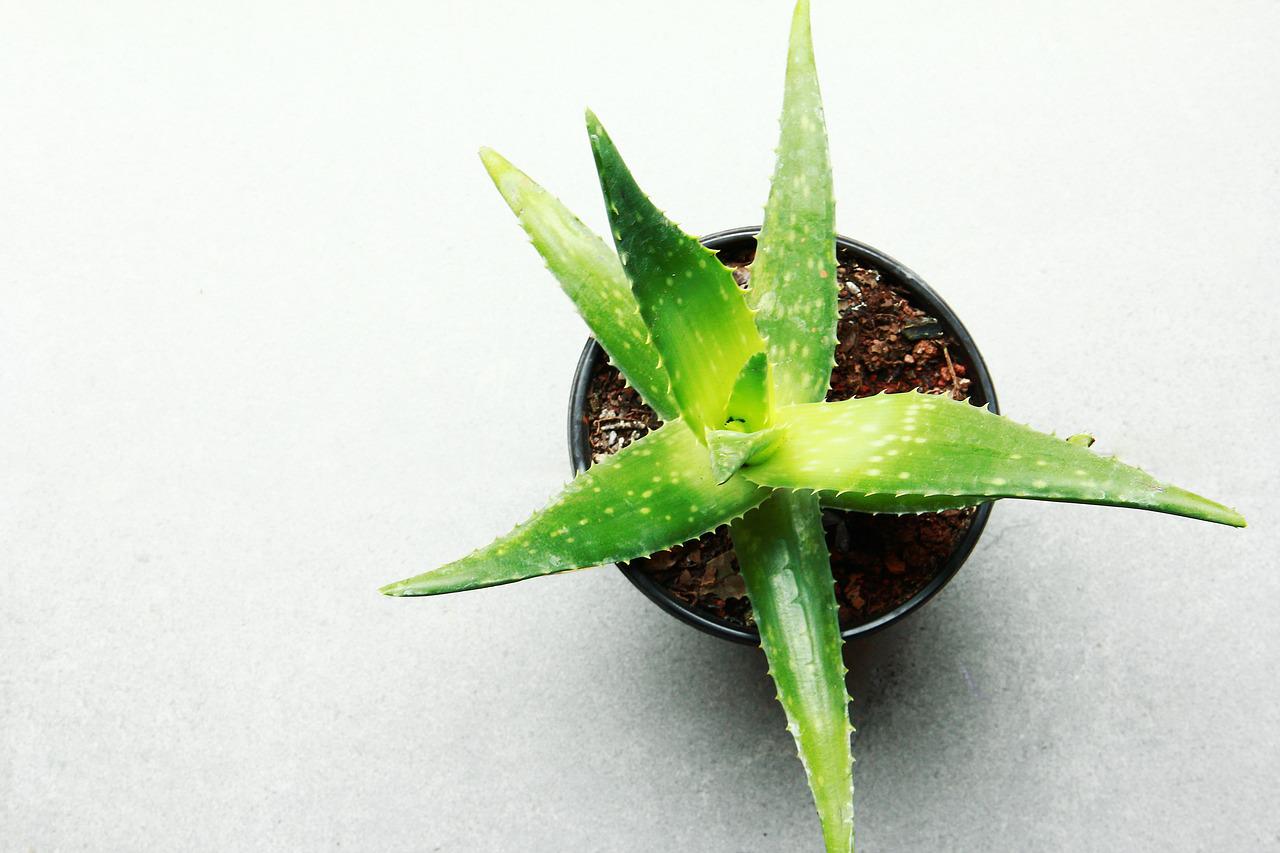
Super easy to maintain, aloe vera has numerous health benefits beyond air purifying. Loaded with vitamins, enzymes, amino acids, and other compounds it is used as a popular kitchen remedy for skin and hair care and even wound healing. Studies suggest that aloe vera breaks down the carbon chains of VOCs and reuses them to form safe amino acids or other organic compounds. It is effective at removing benzene, formaldehyde, and xylene. If you notice brown spots on the plants, it is a sign that your home has a high level of benzene.
#3 Peace Lily
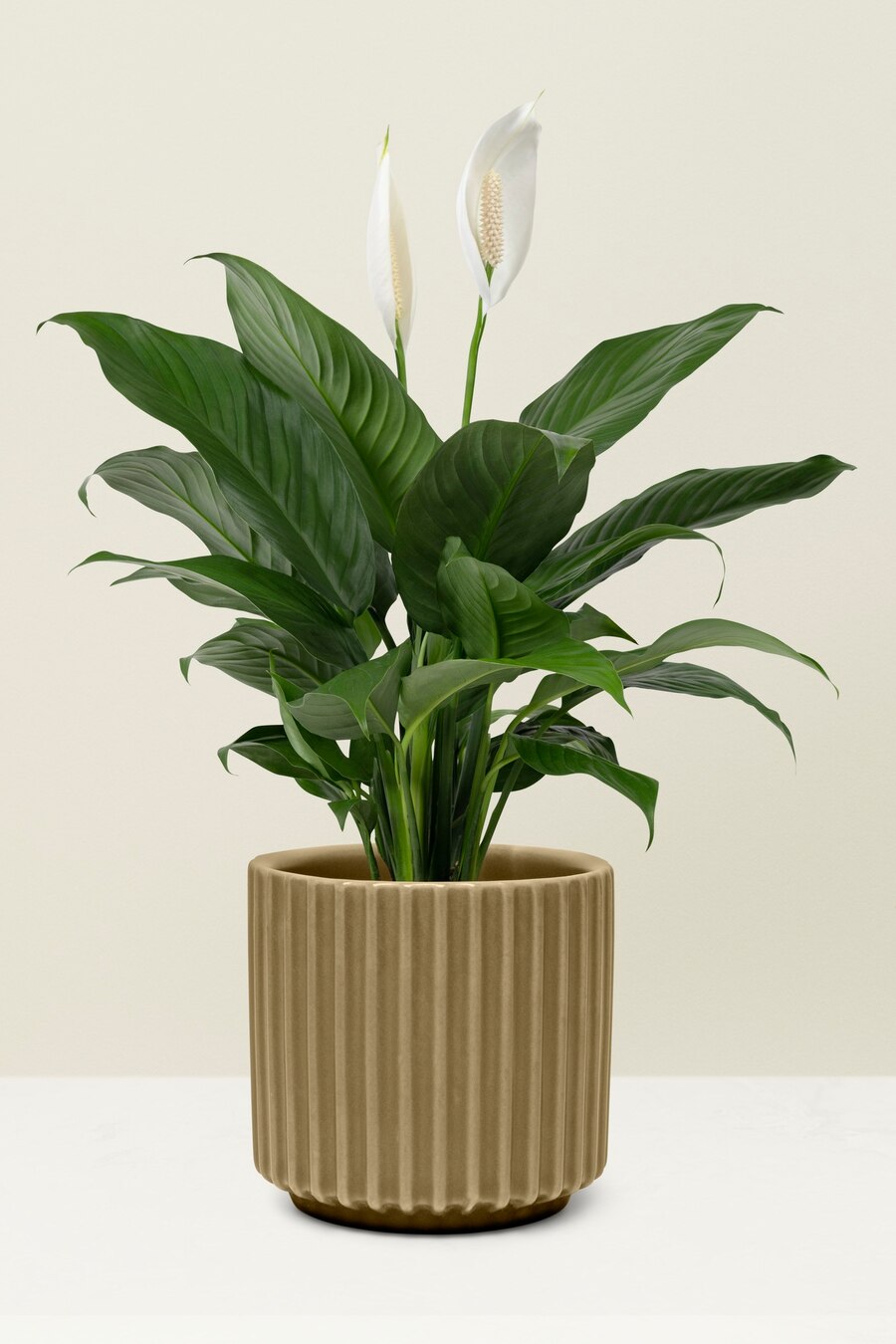
These are small and take up little space. But do not be mistaken. They are super powerful to reduce the indoor concentration of toluene and benzene and naturally filter air. They are easy to maintain and grow in shade and a range of indoor lighting. If you have a pollen allergy, be careful because these can produce pollen and floral scents in the air. These indoor plants enjoy medium to low light. Check once a week to see if the soil is too dry. If yes, then water. Do not overwater it. The leaves of peace lily are infamous for collecting dust. Avid plant lovers suggest you wash or wipe the leaves once a year at least.
#4 Areca Palm
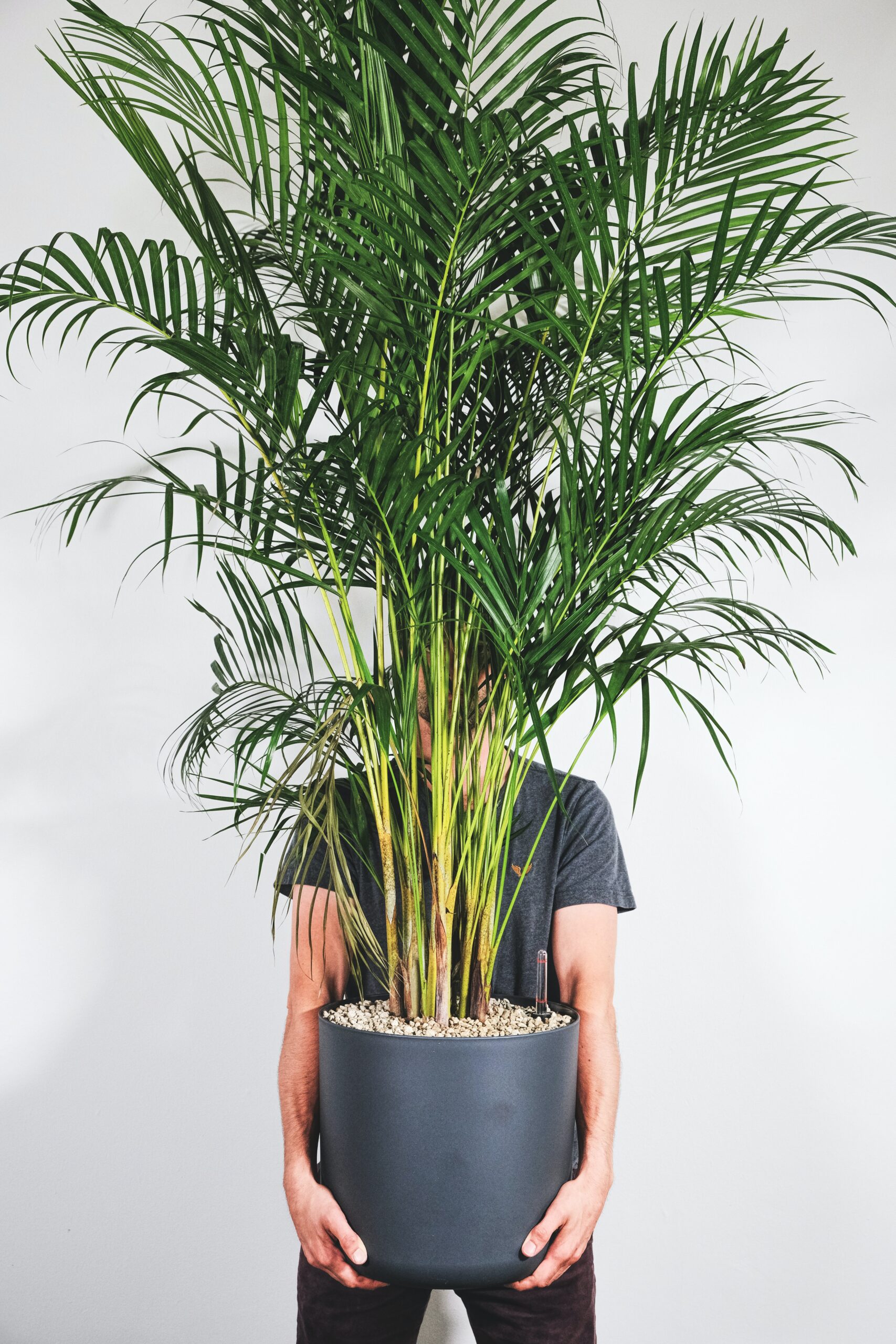
Ranked 8th in the NASA study for the highest removal of formaldehyde, this is widely adored by plant lovers. Some even compare its effectiveness to an electric humidifier. Why? Because it can release as much as a liter of water daily! If you live in a dry location, you will love it. Areca Palm (also known as Butterfly Palm) is effective in removing toluene and xylene. Exposure to these can irritate your skin, eye, nose, and throat, and cause dizziness and headaches. Long exposure to these is also linked with fatigue, numbness in your hand and feet, and so on.
#5 Money Plant

Remember how most of us joked about what if money plants could actually grow money? Well, clean air is no less than a treasure. Whether it is your living room, kitchen, or bedroom, add this indoor plant. It is excellent at purifying indoor air and reducing several VOCs like benzene, formaldehyde, carbon monoxide, and xylene. It also produces oxygen at night and is easy to maintain. Underwatering is okay, but do not overwater it. Touch the surface of the soil to understand the need. These can grow well in bright sunlight or even low lighting. A mix of sun and shade is the most favorable. When cared for adequately, this can reach up to 7 feet and in some cases even 12 feet. Try growing it today.
Have more options you would like to highlight? Drop the names in the comments. Tell us how these worked for you.
Disclaimer: If you have pets and toddlers, try to keep these indoor plants out of their reach. Accidentally ingesting/consuming the leaves of some of these varieties can have adverse health effects.
RELATED READING
5 Habits That May Seem Harmless But Are Actually Bad for You
3 Mindfulness Exercises That You Can Practice At Home Today
21 Ways To Practice Self Care
|
From a pimple to cancer, our You Care Wellness Program helps you find a way Talk to our integrative team of experts today 18001020253 |

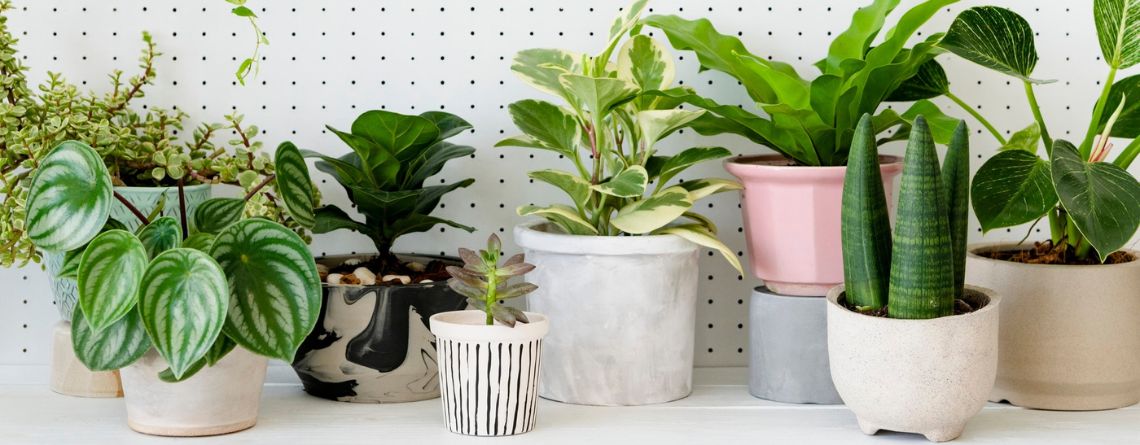







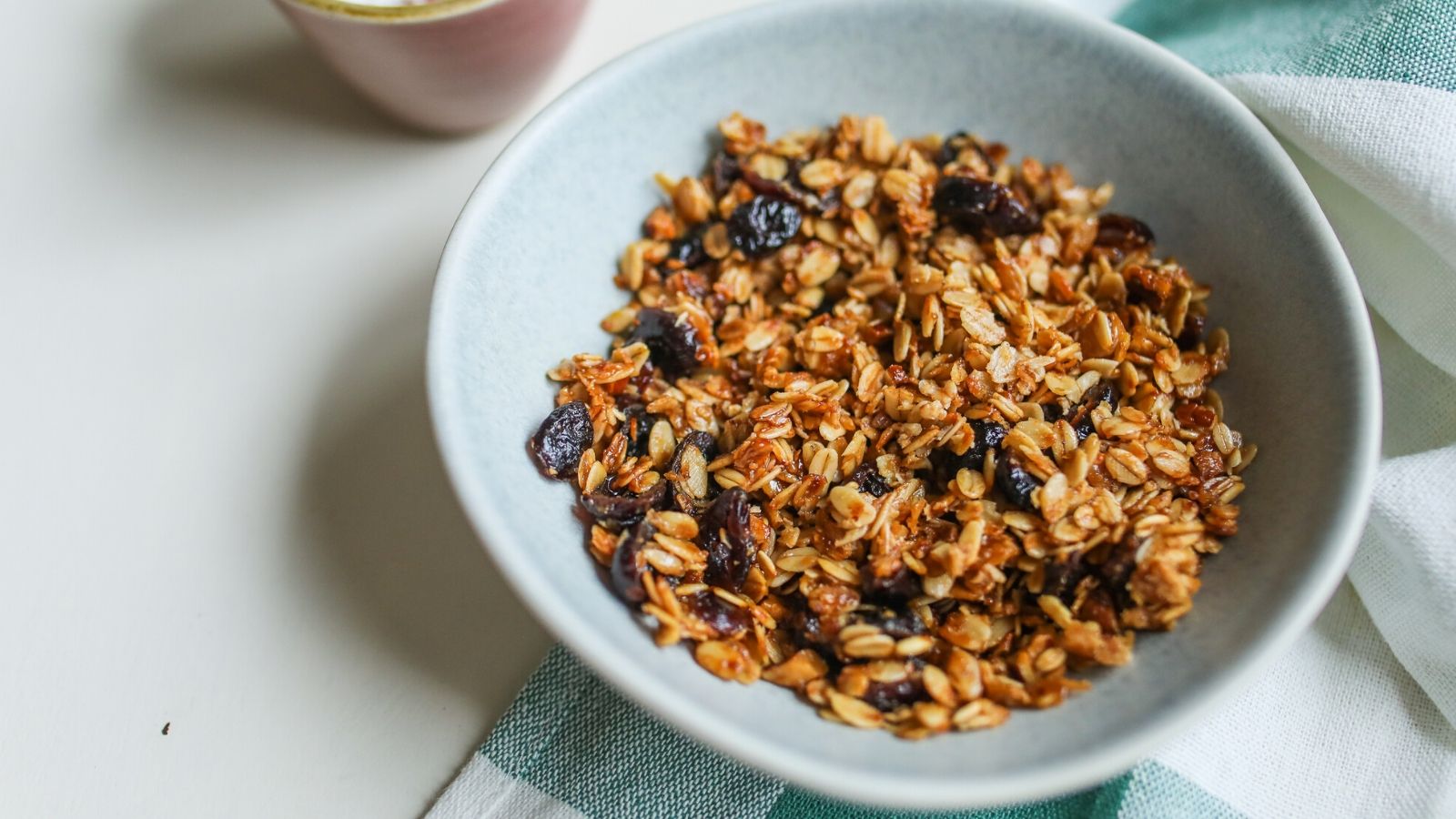
Leave a Reply